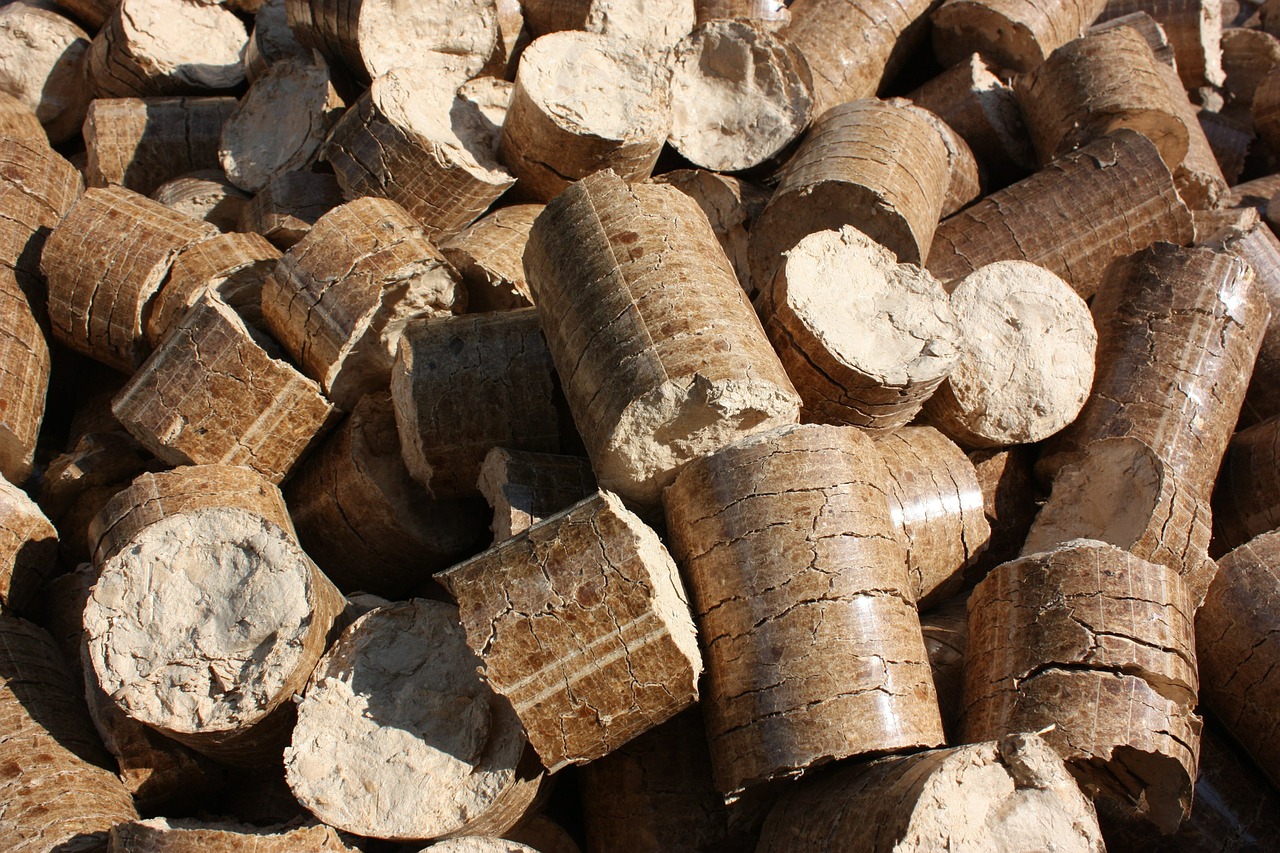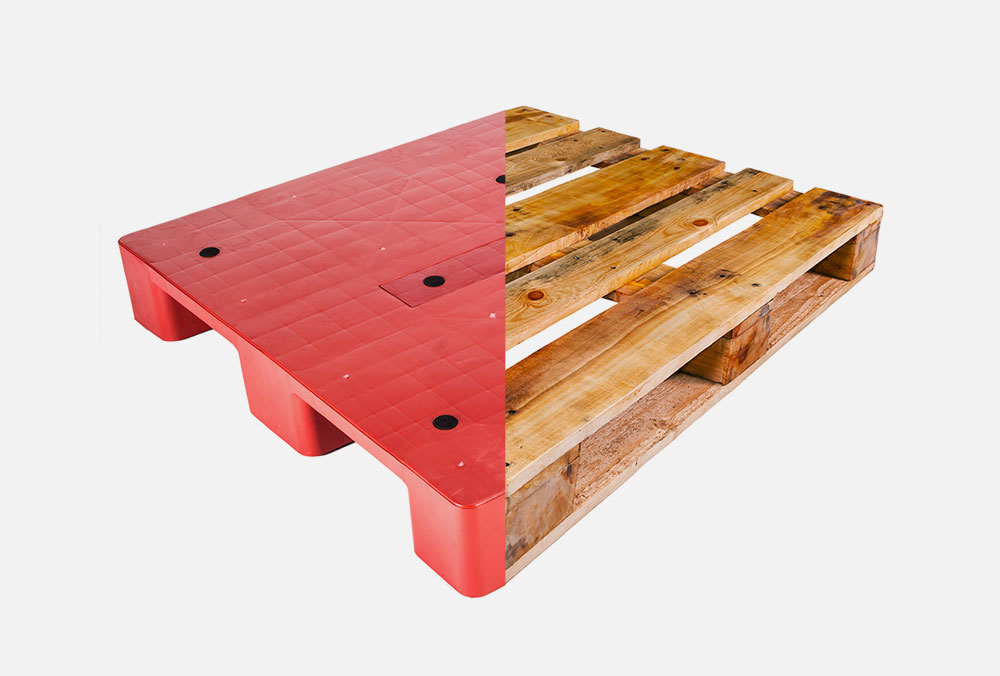The demand for wood pellets is getting a boost. As global warming awareness reaches new heights and greenhouse gas emissions are minimized, governments the world over are moving to lower their climate change impact. To encourage the adoption of renewable resources, tax incentive programs are being offered all across the globe. These incentives include state […]
Category: Upcycling
Wooden Pallets: An Eco-Friendly Alternative To Plastic
At any given time, there are an estimated 4 billion pallets circulating in the United States. With these numbers in mind, the environmental impact is significant. But there is a long-standing debate over whether plastic or wood pallets are more eco-friendly. To get to the bottom of this mystery, Penn State researchers conducted an in-depth […]
Upcycling Bookshelves Using Recycled Pallets
There’s nothing like a good book. While the avid reader enjoys collecting and sharing the books they’ve read over the years, they may not always have a nice central location to store and display all their various titles. The right bookshelf can really tie a room together, and the most beautiful book shelves can be […]
Making wooden pallets ready for an up-cycling project
A pallet can be made into so many different works of art from picture frames, shelving, and coffee tables to armoires, and bunks after they have been used to transport goods via truck, ship, and forklift. To also make this interesting, pallet is free since it grows almost every where it might seem like an […]













